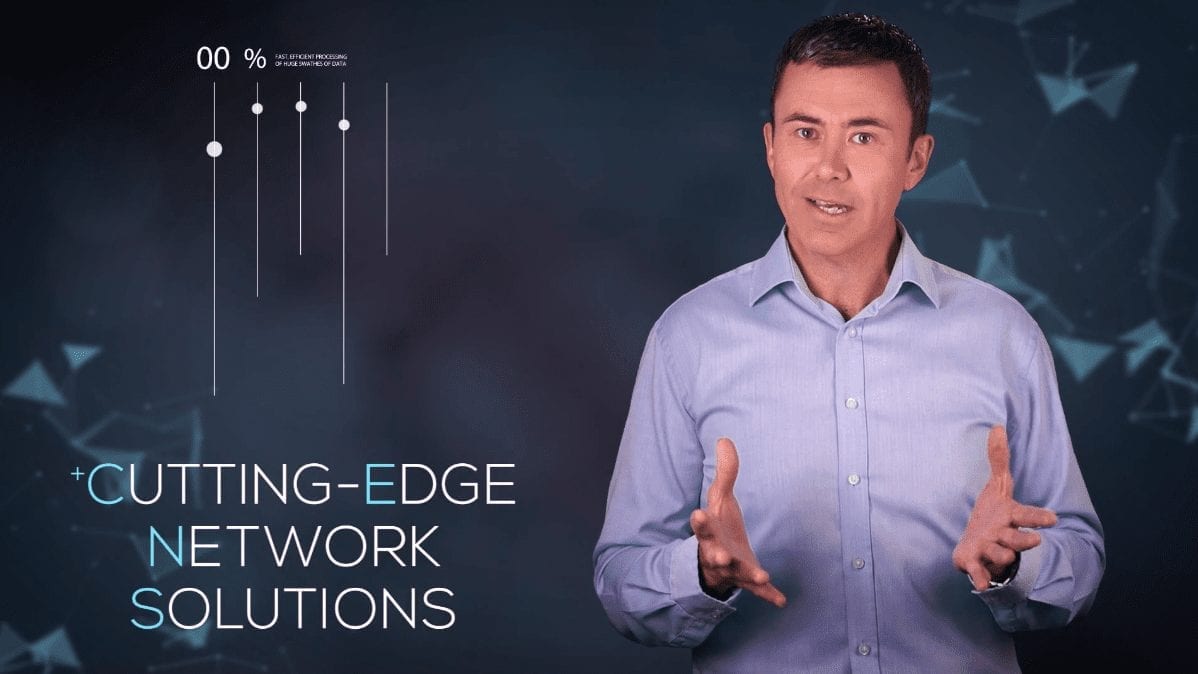Is your business thinking of creating an animated explainer video? Dream Engine creates animation videos to help businesses tell the world who they are and how they can help solve problems. In this post, we will discuss what a good explainer video is and share our best tips for making them.
What Are Animated Explainer Videos?
They are short, engaging pieces of content that help to explain what your business does. Further, they help an audience identify how your business can solve their problem. Above all, these videos are designed to capture an audience long enough to tell them about your business, product, and/or service.
Unlike advertisements, which focus on selling and awareness, explainer videos focus on providing information. In short, a stranger should walk away knowing nothing about your business, and be able to explain the basic premise of your business to someone else.
Furthermore, animated explainer videos are a great way to create content if you are unable to film physically.
→ Click here to contact us to discuss your animated explainer video.
Here are Dream Engine’s top tips for creating a great explainer video.
1. Great Animated Explainer Videos are Short
The aim is to make an audience care about your business – Fast. Therefore, we recommend a total length of around 3 minutes. Better even, 2 minutes. However, the 90-second mark will maximise your chances of audience engagement. For instance, the video below we made for Motorola packs a lot of information in a short time:
2. Be Focused & Efficient
Great explainer animations are focused and efficient. To maintain engagement, strip everything to the core essentials. Firstly, it’s important not to concentrate on the minute details. After that, consider what the key message I want the audience to walk away with after watching our video?
This process will help you to clearly articulate your message and remove what you feel you can do without. By doing so, your focused and concise video helps an audience understand that you can solve their problem.
3. Start with a Hook
A strong hook grabs people’s curiosity. Now that you’ve identified your essential message, be sure it’s front and centre. By doing so, your audience knows immediately what you do and how you can help in the first seconds of your video. For instance, the video below is a fantastic example using an understanding of an audience’s problem as a hook.
4. Solve Problems, Don’t Sell Features
Good explainer videos present how they solve customers’ problems. Similar to the above example, start your video by highlighting a problem. By doing so, you demonstrate how you understand the problems of your audience. Therefore, when you present your business, the audience will consider you as the answer to their problems.
5. Be Playful
Use motion graphics to create eye-catching designs and creative movements that have fun with physics. Your characters and objects don’t abide by the rules of physical filmmaking. For example, you can animate characters in and out, have them zoom and whip in, and have objects brightly coloured. Similarly, you can use cartoon-style designs to reflect your business’s branding and tone of voice.
6. Good Animated Explainer Videos are Narrated
Good explainer videos move quickly and pack a lot of information into a short time. It is highly effective to have someone narrate the stages of your video. By using a warm, friendly, yet authoritative voice, your audience will have a more enjoyable experience. It’s essential that the voice you choose matches the tone of your business and the information you convey. So, we urge you to use the most professional service you can afford within your budget. Be sure to look for certain skills that match your brief. Voice crafters give 6 useful tips when looking for a recording artist.
Use a service like speechinminutes.com to help you convert a word count into minutes.
7. Use Emotion
Emotion is a key motivator to encourage audiences to act on the information they’ve just seen. Your animation could well be an introduction to your business and colour an audience’s first impression. So, focus on the emotion you want your audience to feel and make it the central theme. For example, use music that reflects the mood you wish to convey. Or use design
8. Structure
You need to have a clear structure. A condensed story arc is key to creating a clear structure in your animated explainer video. For example, one structure could be:
Premise
Quickly establish who your business is and hook the audience in (as discussed in step 3).
Problem
Explain the key problem/s your audience faces (as discussed in step 4).
Hero (Your business)
Introduce your business as the hero who will solve the problems of your audience.
How does your business help?
Explain how your business helps solve these problems and give examples.
Call-To-Action
What do you want your audience to do after watching your video?
One Last Pitch
You successfully squeezed your business idea into a short 2-minute video. Now, in the final 10 seconds, revisit those key takeaway points you want the audience to leave with. As a result, hearing these points again will reinforce your message.
9. Branding
Good explainers showcase your business’s brand throughout the video. Be sure to include your logo, business name, and branding in your video. By doing so, this reminds the audience that it’s YOUR business that can solve their problem.
So, there you have it – our top tips for creating a successful animated explainer video. Using these, your video marketing strategy will help you communicate solutions more effectively to your audience. If you would like to learn how Dream Engine can help, contact us, and we’ll walk through the process.

Ryan Spanger is the founder and managing director of Dream Engine, a Melbourne-based video production company established in 2002. With more than two decades of experience, Ryan has helped leading Australian businesses, government departments, and non-profits communicate their message with clarity and impact through video. He’s known for his strategic approach, reliable process, and commitment to producing videos that deliver measurable results.





